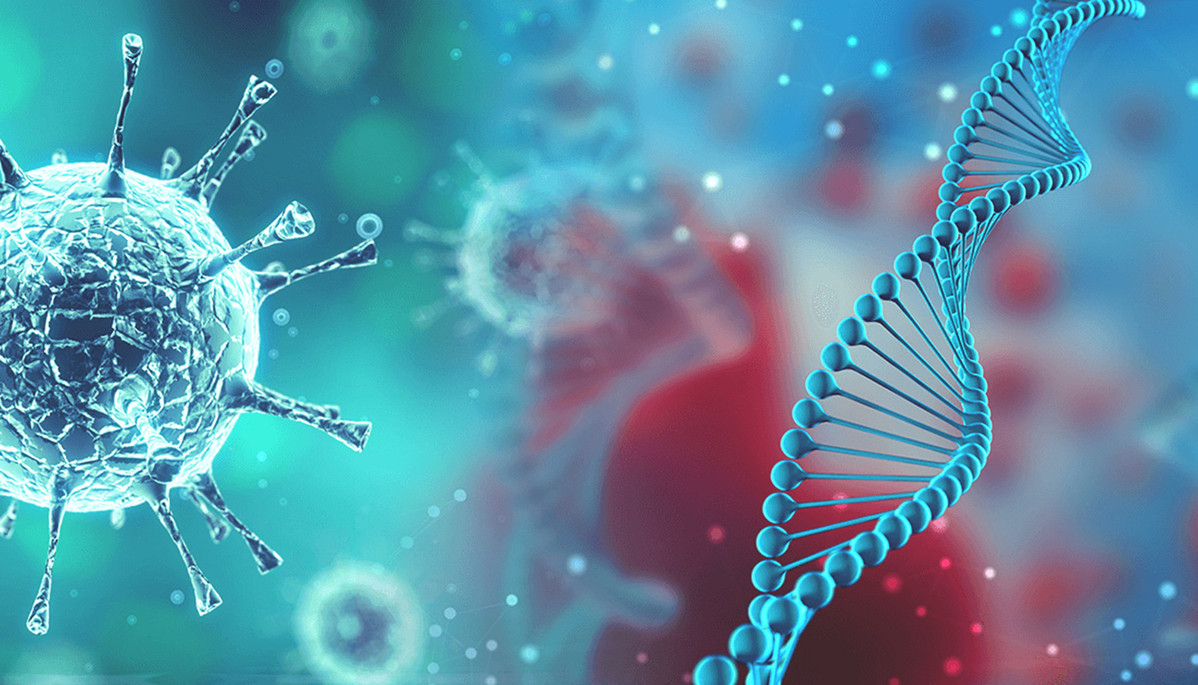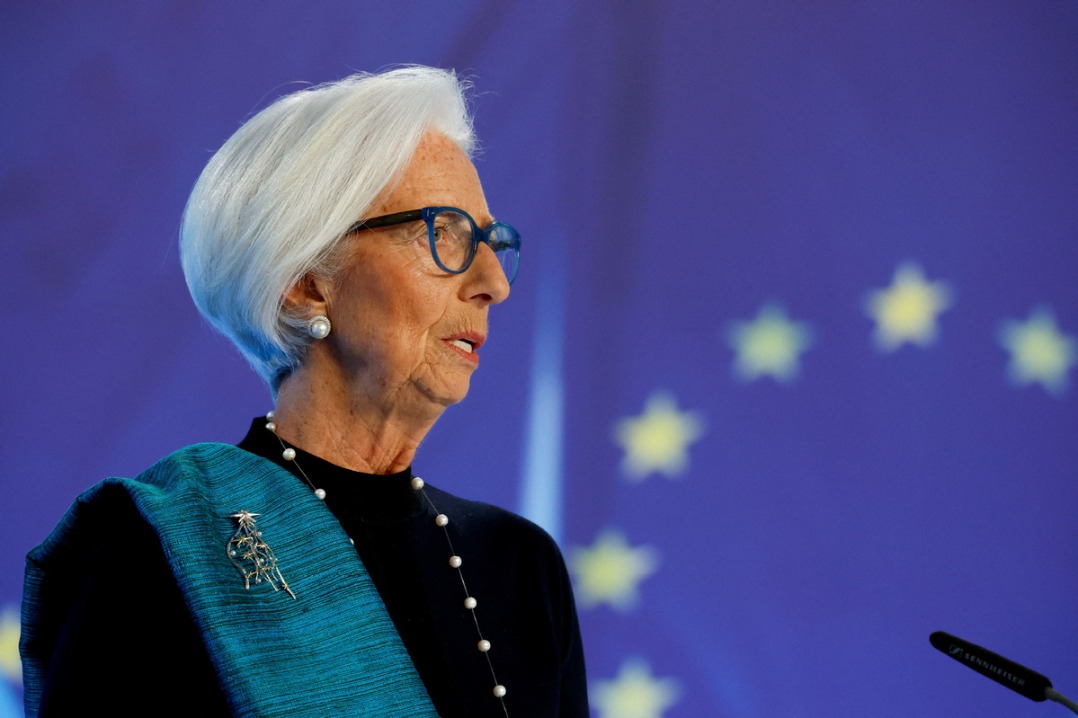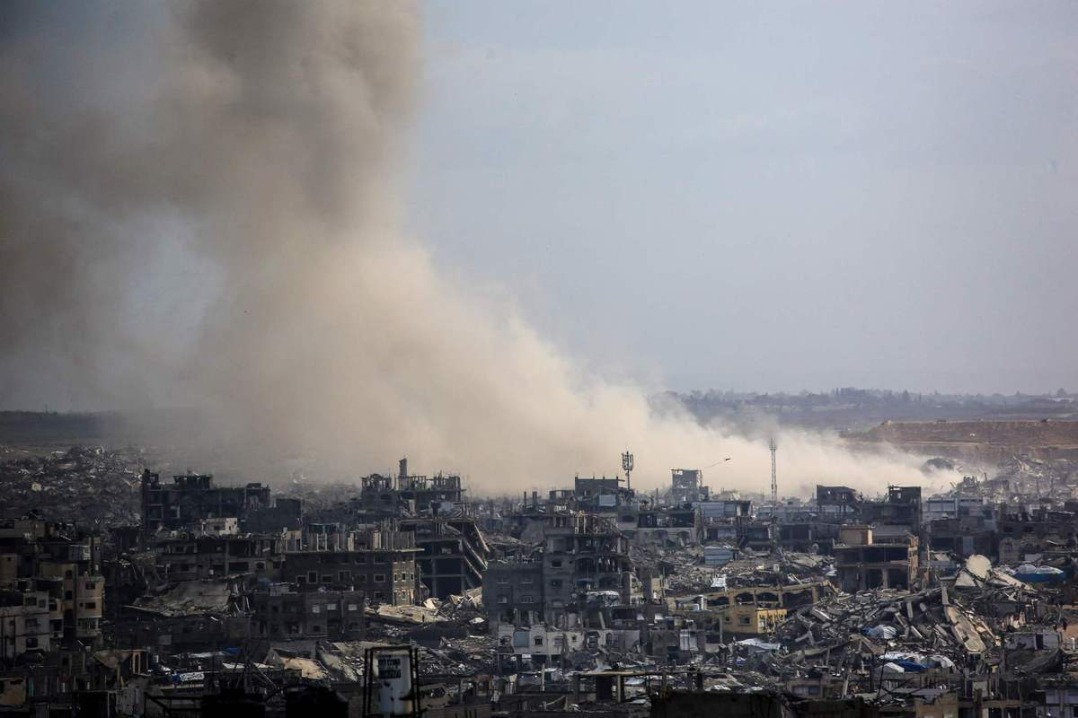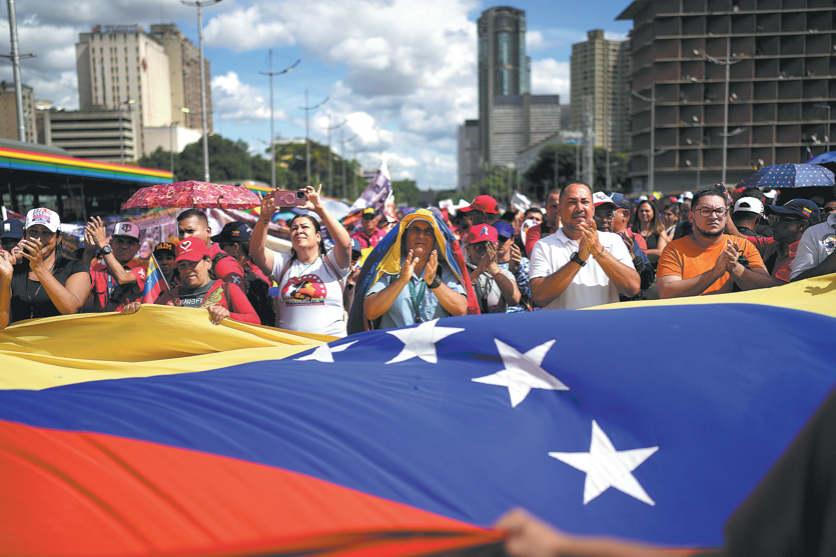WSJ makes false claims on the Wuhan lab leak conspiracy theory


Some American politicians are again calling for an investigation into the Wuhan lab leak conspiracy theory after the Wall Street Journal published a report in May. A closer look at the report reveals that its statements have no basis.
US President Joe Biden ordered an intelligence investigation into COVID-19's possible origins in Wuhan after a Wall Street Journal report published on May 23 claimed that three staff at the Wuhan Institute of Virology (WIV) had become ill in November 2019. The report claims this situation adds weight to suspicions that the virus may have leaked from the lab.
"The US claims three personnel from the Wuhan Institute of Virology have been infected. Then do they have their full names? What disease would they be infected with? If they tested positive for COVID-19, I'm asking the US to provide test reports. I'm sure the US doesn't have any evidence, because what's been said is a total lie." Chinese Foreign Ministry spokesperson Zhao Lijian said in a press briefing Wednesday.
"It's using the origin tracing process to stigmatize China," Zhao said.
One of the authors of the Journal's report is Michael R.Gordon, who many believe has a history of writing reports based on unverified resources.
Gordon co-authored a controversial article for The New York Times with Judith Miller in September 2002. Titled "Threats and Responses: The Iraqis; U.S. Says Hussein Intensifies Quest for A-Bomb Parts", the report asserted that "Iraq has stepped up its quest for nuclear weapons and has embarked on a worldwide hunt for materials to make an atomic bomb".
The report was influential in the US decision to invade Iraq in 2003. It turned out there were no weapons of mass destruction in Iraq, yet Gordon avoided censure. Anonymous "American officials" and "intelligence experts" are the only sources for Gordon's report.
In the Journal's May report, Gordon once again used the report citing anonymous US officials and the report was based on an undisclosed intelligence report.
In fact, earlier this year, Chinese experts had already said that the rumor of three institute staff members falling ill was the result of another incident being misreported.
"The COVID-19 positive test samples were actually from a hospital that were submitted to the WIV lab for research," Tong Yigang, dean of the College of Life Science and Technology at Beijing University of Chemical Technology, said in a news briefing on March 31 when the Chinese team of experts reviewed the meeting record of the WHO-China origin tracing team at the WIV.
In 2019, the institute and a Wuhan hospital collaborated on monitoring flu outbreaks. They collected 1,001 samples between January 2019 and January 2020. The institute did a retrospective screening on the samples and found four positive samples of flu and COVID-19 in January 2020.
"The four samples are from three adults and one senior resident. They are patients at the cooperating hospital rather than employees of the institute," Tong said.
Tong, who was a member of the WHO's mission to China to investigate the origin of COVID-19, said the WHO team investigated the rumor and found no institute employees had been sick.
Tong's statement came out as a foreign virologist that have worked at the WIV before the COVID-19 outbreak said that distorted information have obscured accurate accounting of the lab's functions and activities.
Australian virologist Danielle Anderson is one of a dozen experts who were appointed to an international task force in November to study the origins of the virus. She worked at the WIV's biosafety level-4 laboratory until November 2019.
She was still working at the institution when the virus, now known as SARS-CoV-2, was, as believed by experts, beginning to spread at the end of 2019.
Anderson said no one she knew was ill toward the end of 2019. There is a procedure for reporting symptoms that correspond with the pathogens handled in high-risk containment labs, she said.
"If people were sick, I assume that I would have been sick — and I wasn't," she told Bloomberg. "I was tested for coronavirus in Singapore before I was vaccinated, and had never had it."
The WIV, which hadn't been exposed to the virus before December 30, 2019, hasn't registered any infection among its staff and graduate students.
Early this year, a group of WHO-appointed scientists flew to Wuhan and spent 12 days there, which included a visit to the WIV. Ultimately, the team concluded that a virus leak from the lab was "extremely unlikely."
It was "extremely unlikely" that the laboratory's work was behind the outbreak that struck the city at the end of 2019, said Peter Ben Embarek, a Danish food safety and animal disease specialist who chaired the investigation team. "It isn't a hypothesis we suggest implies further study."
































